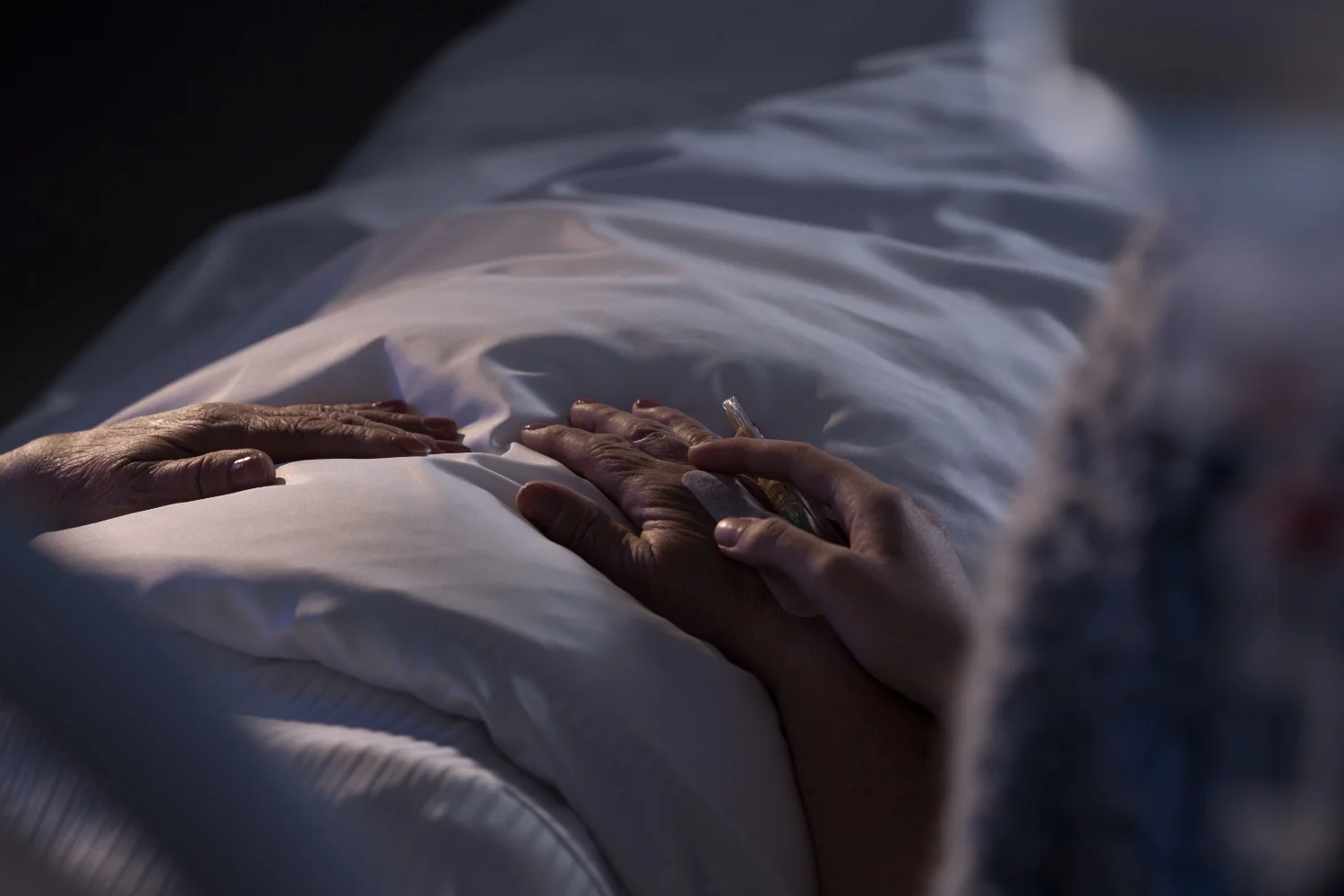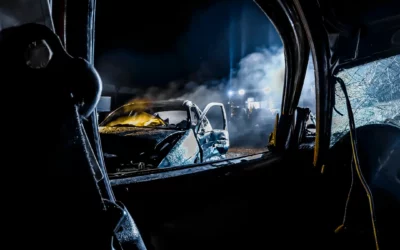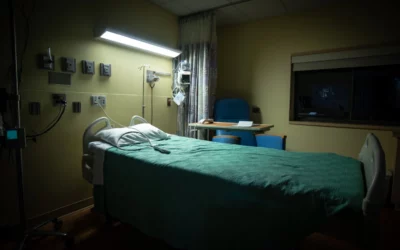Burn injuries are among the most painful and devastating forms of personal injury, often resulting in long-term physical and emotional consequences. Understanding the different types, causes, and severity levels of burn injuries is essential for prevention, prompt treatment, and providing support to those affected. In this post, we will delve into the comprehensive aspects of burn injuries, equipping readers with knowledge to identify risks, promote safety, and comprehend the varying degrees of burn severity.
Types of Burn Injuries
- Thermal Burns:
- Definition and Causes: Thermal burns result from exposure to high temperatures, such as flames, hot surfaces, steam, or scalding liquids.
- Subcategories: Flash burns, contact burns, flame burns, scalds.
- Chemical Burns:
- Defintion and Causes: Chemical burns occur when the skin or eyes come into contact with hazardous chemicals, including acids, alkalis, solvents, or strong cleaning agents.
- Sources and Scenarios: Workplace accidents, mishandling of chemicals, improper use of household products.
- Electrical Burns:
- Definition and Causes: Electrical burns result from contact with an electrical current, either due to direct exposure or through flash or arc injuries.
- Electrical Injury Severity: Entrance and exit wounds, internal injuries, complications from the pathway of current.
- Radiation Burns:
- Definition and Causes: Radiation burns occur due to exposure to ionizing radiation from sources such as X-rays, nuclear accidents, or radiotherapy treatments.
- Long-Term Effects: Radiation sickness, tissue damage, increased cancer risk.
Causes and Risk Factors
- Home and Workplace Hazards: Fire hazards, scalding liquids, faulty electrical wiring, chemical spills, inadequate safety measures.
- Motor Vehicle Accidents: Explosions, fuel fires, contact with hot surfaces or engine components.
- Industrial Accidents: Exposure to chemicals, fires, explosions, electrical malfunctions, machinery-related incidents.
- Hot Water and Steam: Scalding incidents in the kitchen, bathroom, or industrial settings.
- Contact with Hot Objects: Accidental contact with hot stovetops, irons, curling irons, or heated surfaces.
Severity Levels of Burn Injuries
- First-Degree Burns:
- Superficial burns affecting the outermost layer of the skin (epidermis).
- Symptoms: Redness, pain, mild swelling, and tenderness.
- Examples: Mild sunburns or brief contact with hot surfaces.
- Second-Degree Burns:
- Partial-thickness burns involving the epidermis and dermis layers of the skin.
- Symptoms: Blistering, intense pain, redness, swelling.
- Examples: Scalds, contact burns, or flash burns from flames.
- Third-Degree Burns:
- Full-thickness burns that extend through all layers of the skin.
- Symptoms: Charred or white appearance, leathery texture, insensitivity to pain due to nerve damage.
- Examples: Prolonged exposure to flames, electrical burns, severe scalds.
- Fourth-Degree Burns:
- The most severe burn injuries that extend beyond the skin, affecting muscles, tendons, and bones.
- Symptoms: Blackened or charred tissue, severe damage to underlying structures.
- Examples: High-voltage electrical burns, prolonged exposure to extreme heat.
Treatment and Recovery
- First Aid and Immediate Care:
- Remove the source of the burn, cool the affected area, cover with a clean, non-stick bandage, seek medical attention.
- Medical Interventions:
- Assessment of burn severity, wound cleaning and debridement, pain management, infection prevention, skin grafting, and scar management.
- Rehabilitation and Support:
- Physical therapy, occupational therapy, psychological counseling, support groups, and assistance with activities of daily living.
- Long-Term Effects and Complications:
- Physical scarring, joint contractures, limited mobility, psychological trauma, post-traumatic stress disorder (PTSD).
Understanding the different types, causes, and severity levels of burn injuries is crucial for prevention, early intervention, and providing appropriate support to those affected. By identifying potential hazards, promoting safety measures, and seeking prompt medical attention, we can reduce the incidence of burn injuries and mitigate their long-term impact. Remember, prevention is key, and knowledge empowers us to safeguard ourselves and our loved ones from the devastating consequences of burn injuries. Shane Gosdis is committed to getting burn victims the compensation they deserve. To schedule a consultation call (385)429-9960 or email s@gosdis.lawyer today.




